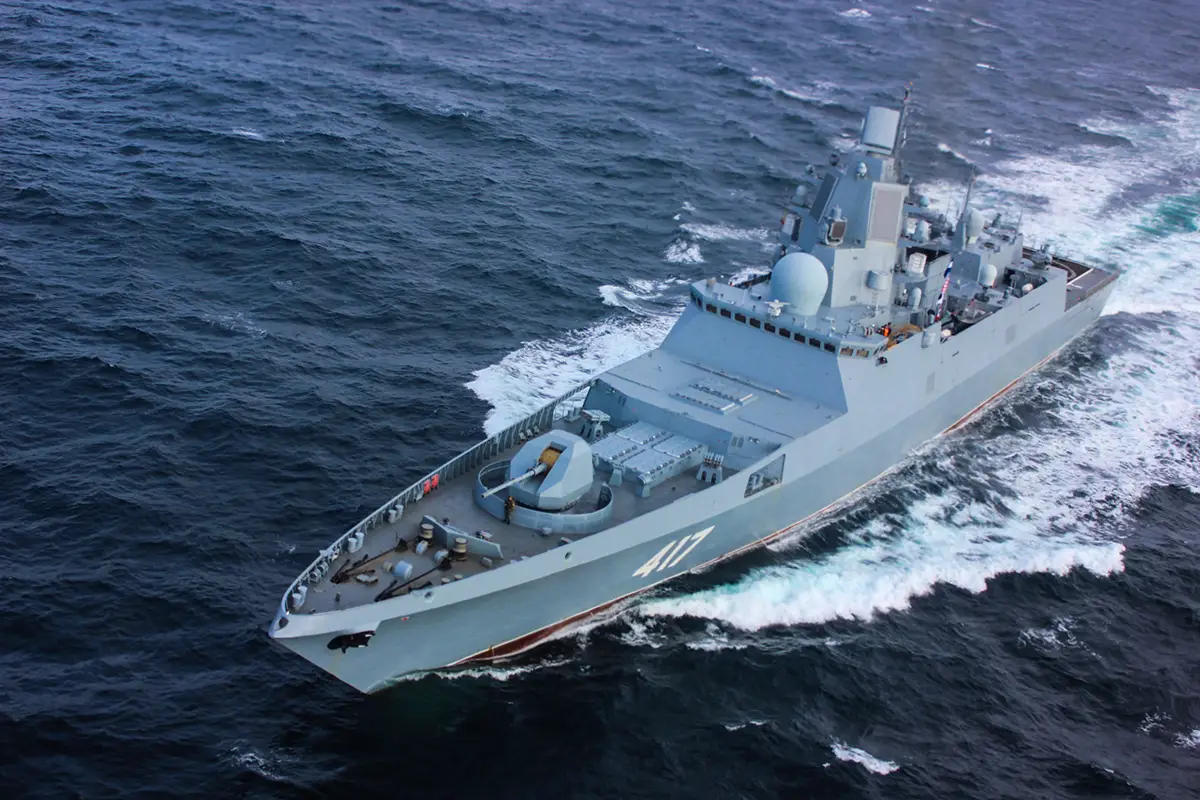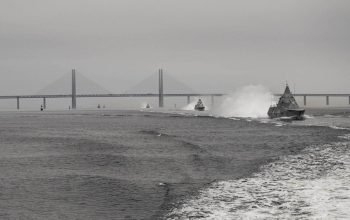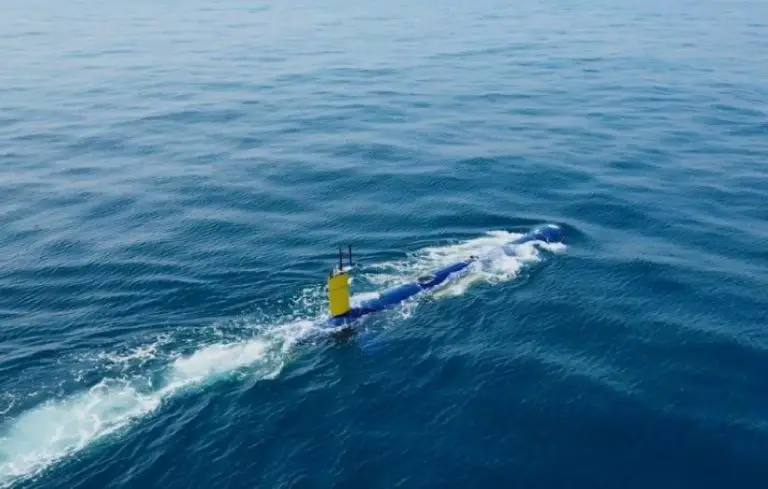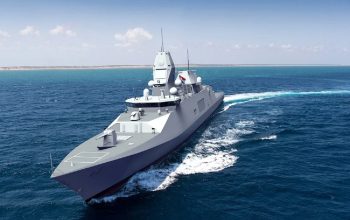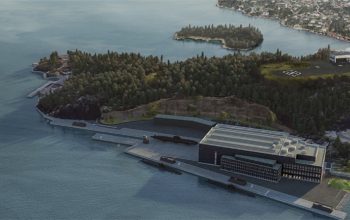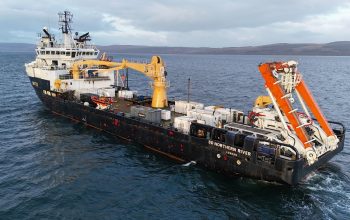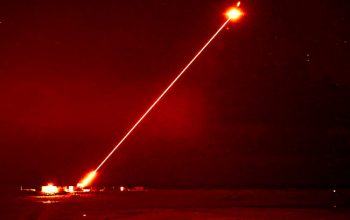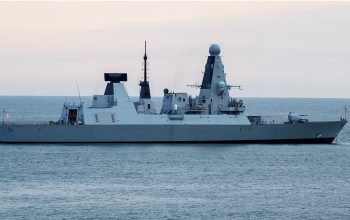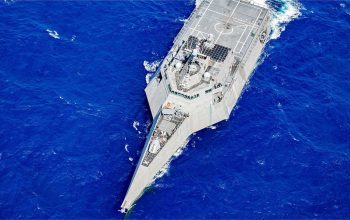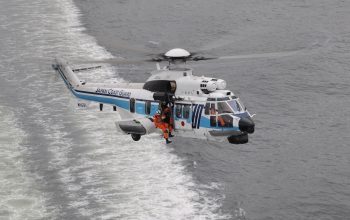Russian Navy (Voyenno-morskoy flot Rossiyskoy Federatsii) has tested its new NPO Mashinostroyeniya 3M22 Zircon (Tsirkon) hypersonic missile for the first time during trials in the Barents Sea. The 3M22 Zircon is designed to use speed to penetrate enemy air defense systems. The new missile will breathe new life into the Russian Navy, many of whose ships were built before the end of the Cold War. The test was originally announced by TASS, Russian defence minister Sergei Shoigu confirmed the start of the test programme by the Northern Fleet during a meeting of his ministry’s board on 28 February.
The 3M22 Zircon also spelled as 3M22 Tsirkon (NATO reporting name: SS-N-33) is a scramjet powered maneuvering anti-ship hypersonic cruise missile currently in testing by Russia. Zircon is designed to attack ships at sea and targets on land at speeds of up to Mach 9, giving enemy missile defenses little time to prepare. Zircon is believed to be a maneuvering, winged hypersonic cruise missile with a lift-generating center body. A booster stage with solid-fuel engines accelerates it to supersonic speeds, after which a scramjet motor with liquid-fuel (Decilin [ru]) in the second stage accelerates it to hypersonic speeds.
The missile’s range is estimated to be 135 to 270 nautical miles (250 to 500 km) at low level, and up to 400 nmi (740 km) in a semi-ballistic trajectory; average range is around 400–450 km (220–240 nmi). The longest possible range is 540 nmi (1,000 km) and for this purpose a new fuel was created. Zircon can travel at a speed of Mach 8–Mach 9 (9,800–11,025 km/h). Such high speeds would likely create a cloud of plasma around the missile, absorbing any radio waves and making the missile virtually invisible to radars (plasma stealth). This has led to concerns that it could penetrate existing naval defense systems. Zircon exchanges information in flight and can be controlled by commands if necessary.
The 3M22 Zircon will be first deployed with the Kirov-class battlecruisers Admiral Nakhimov and Pyotr Velikiy after 2020. The ships will have their P-700 Granit anti-ship missiles replaced with the 3S-14 universal VLS cells capable of carrying the Oniks, Kalibr and Zircon anti-ship cruise missiles; each vessel is to be equipped with 72 such missiles. After completion of their refit, the ships could carry 40–80 anti-ship cruise missiles of different types. Other platforms are likely to include Russian Navy’s Admiral Grigorovich class and Admiral Gorshkov class frigates, as well as Gremyashchiy class, Buyan class and Karakurt class corvettes, mainly due to the installation of the compatible 3S-14 vertical launchers.
